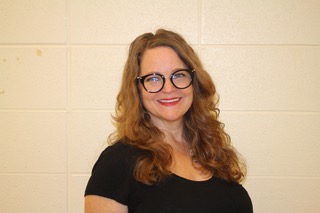Moth Teachers: welcome back to the school year! We’ll be featuring some of our AMAZING Moth Curriculum Partners throughout the year, asking them to share tips and tricks for using Moth stories and storytelling in their classrooms. If you’d like to be a Curriculum Partner this year, you can apply here. If you’d like to be featured on Spotlight, just email us at education@themoth.org. And stay tuned at the end of the post for some exciting announcements!

We’re thrilled to welcome Tara Zinger as our first Spotlight Teacher! Tara, what do you like about doing Moth storytelling with students?
From ice breakers, to small group work, to oral drafting, to performance, the Moth curriculum subtly chips away at students’ barriers until what remains is a part of each student that they own entirely. I have found the curriculum functions more as a “framework” for eliciting stories and I easily merged the Moth curriculum with an existing personal narrative unit.
However, the depth of stories produced was markedly different with the Moth curriculum. Because there is so much oral drafting before students ever put pen to paper, I have found my students are more willing to try adding to or subtracting from their stories than when they physically write a draft. Hearing a laugh or a gasp from a peer can be just what a student needs to know they are on the right track, and that just doesn't happen as easily with a more traditional writing process.
Oral storytelling allows for complete autonomy on the storyteller’s part. If something feels too risky… too sad… too personal… too sappy to say out loud, the storyteller alone has the choice to omit that part. Amazingly, when students own their own stories, I have found they are more willing and able to own the stories of the other people in their storytelling communities, as well. The Moth workshop model makes visible the thread of human connection and when this connection occurs, judgments can fall away and students can see each other for what they are: just other human beings having human experiences.
What routines or practices have you found helpful when you do Moth storytelling?
Long before I ever introduce the Moth unit, I have students listen to Moth stories from the archives. This archive is a treasure trove! I have found that when my students listen to a variety of stories before they are ever asked to tell a story, they already have in the backs of their minds that if “that person” can do it, then they can, too! I also share my own stories with my students. Sometimes these are five minutes stories and sometimes they are thirty second stories… it’s not really the length that matters.
What makes a difference is that your students see you taking the same risks you are asking them to take. Setting group norms is another vital step in building a Moth storytelling community. I place my students into small workshop groups and they do a lot of oral drafting in these small groups. I have found that the stories go deeper if we have taken the time to establish what IS okay and what IS NOT okay for each particular group. Sharing a personal story in a public space requires a certain level of vulnerability and courage, and these three practices really help foster trust that you are not asking them to do something that is going to make them look bad in front of their peers.
“Hearing a laugh or a gasp from a peer can be just what a student needs to know they are on the right track.”
Which Moth stories— or Moth themes— have integrated well into your curriculum?
I find the most successful themes meet students where they are. Selecting a theme is a wonderful opportunity for educators to tune into their students and to channel something that might otherwise frustrate them. Are your students obsessed with dating? “Love and Loss” might be a good theme for you. Is divorce a common thread at your grade level? “Change” might be a theme that would help your students process. Are students vocal about a particular political climate? “Justice” could give them the outlet they need. Matching a theme to the needs of your particular students allows you build community through commonality.
What advice would you give to teachers getting started?
Fall in love with Moth storytelling on your own before you ever bring this curriculum to your classroom. YOU have to hear a story that cracks YOUR heart open before you can ask your students to have the same reaction. YOU have to connect to a storyteller who is your opposite before your students will ever do it. YOU have to give up a judgment for your students to follow your lead. YOU have to step outside YOUR comfort zone before they ever will. If you make yourself “walk the talk,” you will make the kind of deep, authentic student connections that teacher dreams are made of.
Tara Zinger is a champion of 13 and 14 year olds (otherwise known as an 8th Grade English teacher) in River Forest, IL. She is also mother to two college freshmen (twins!) and is currently creating a future for herself as a fun and funky empty-nester. She has been a Moth Curriculum Partner since fall 2016, and she’s looking forward to storytelling playing a role in in her next chapter!
***
